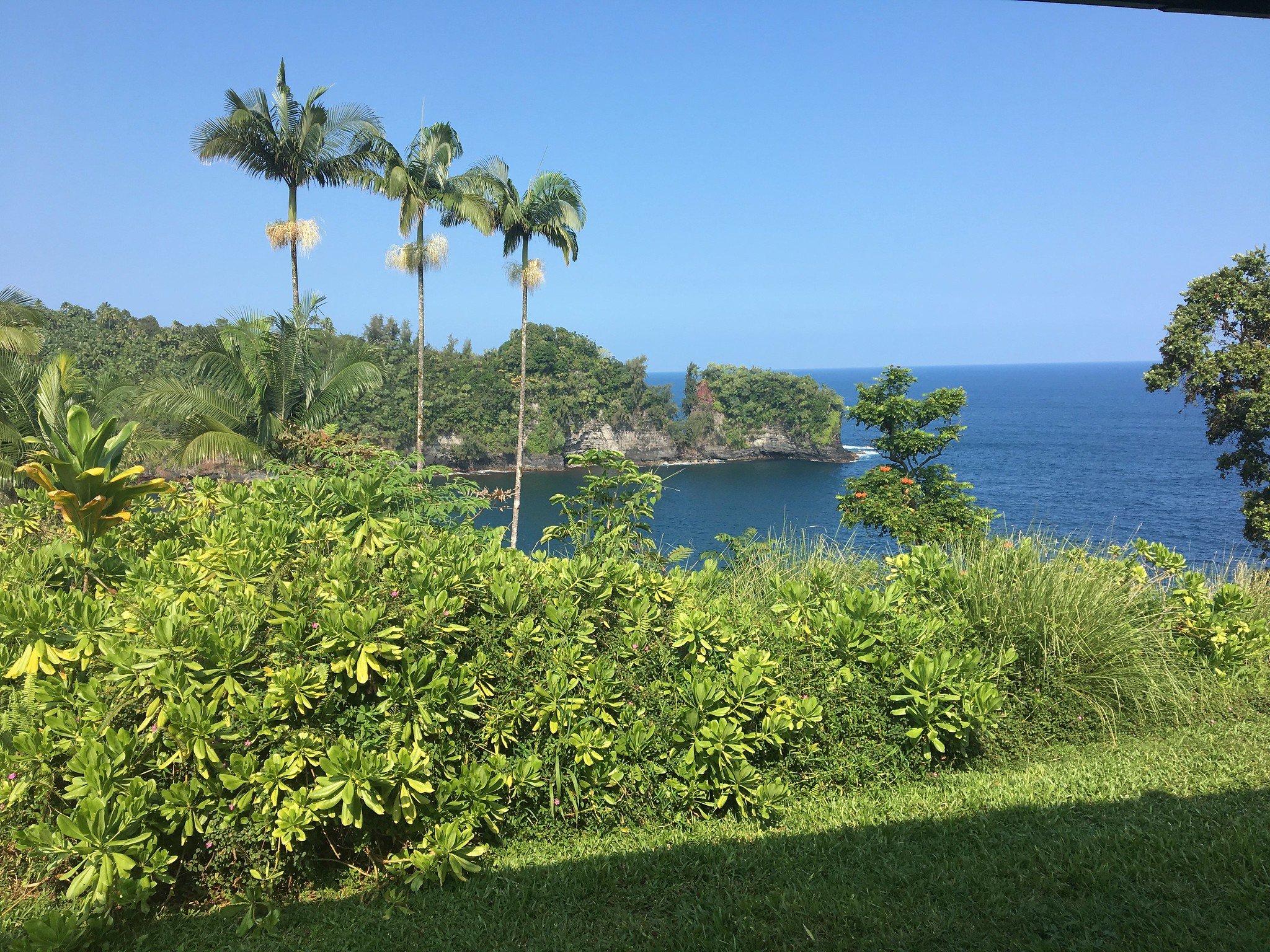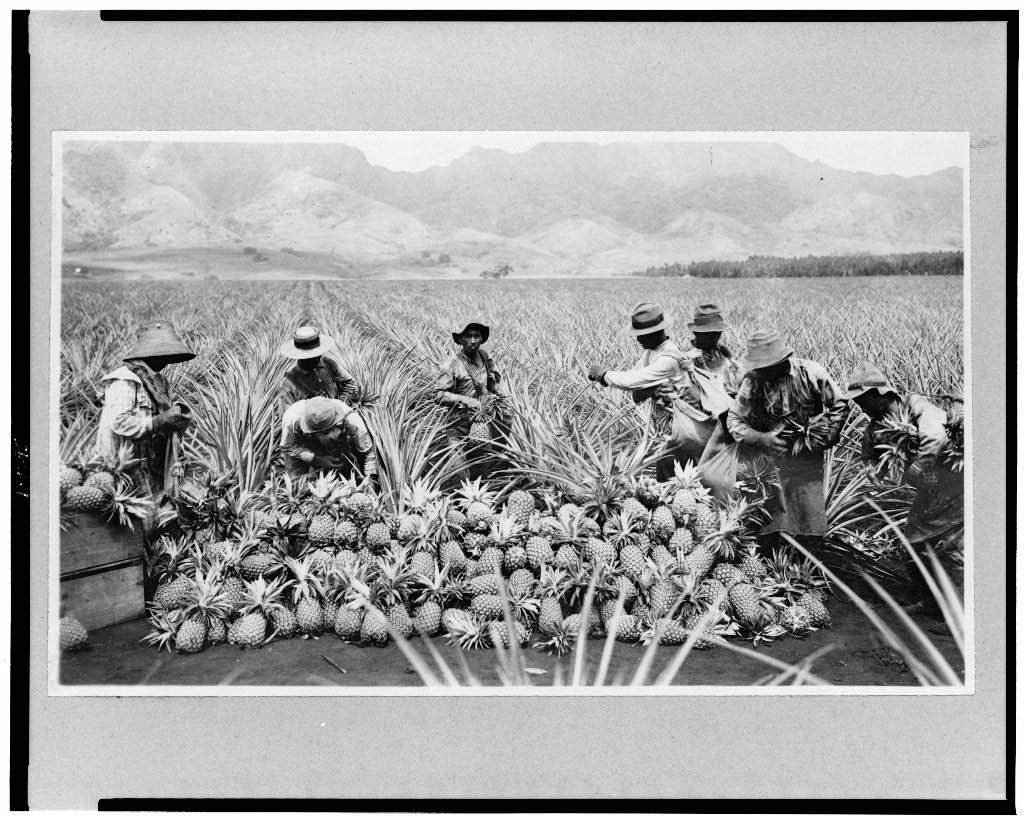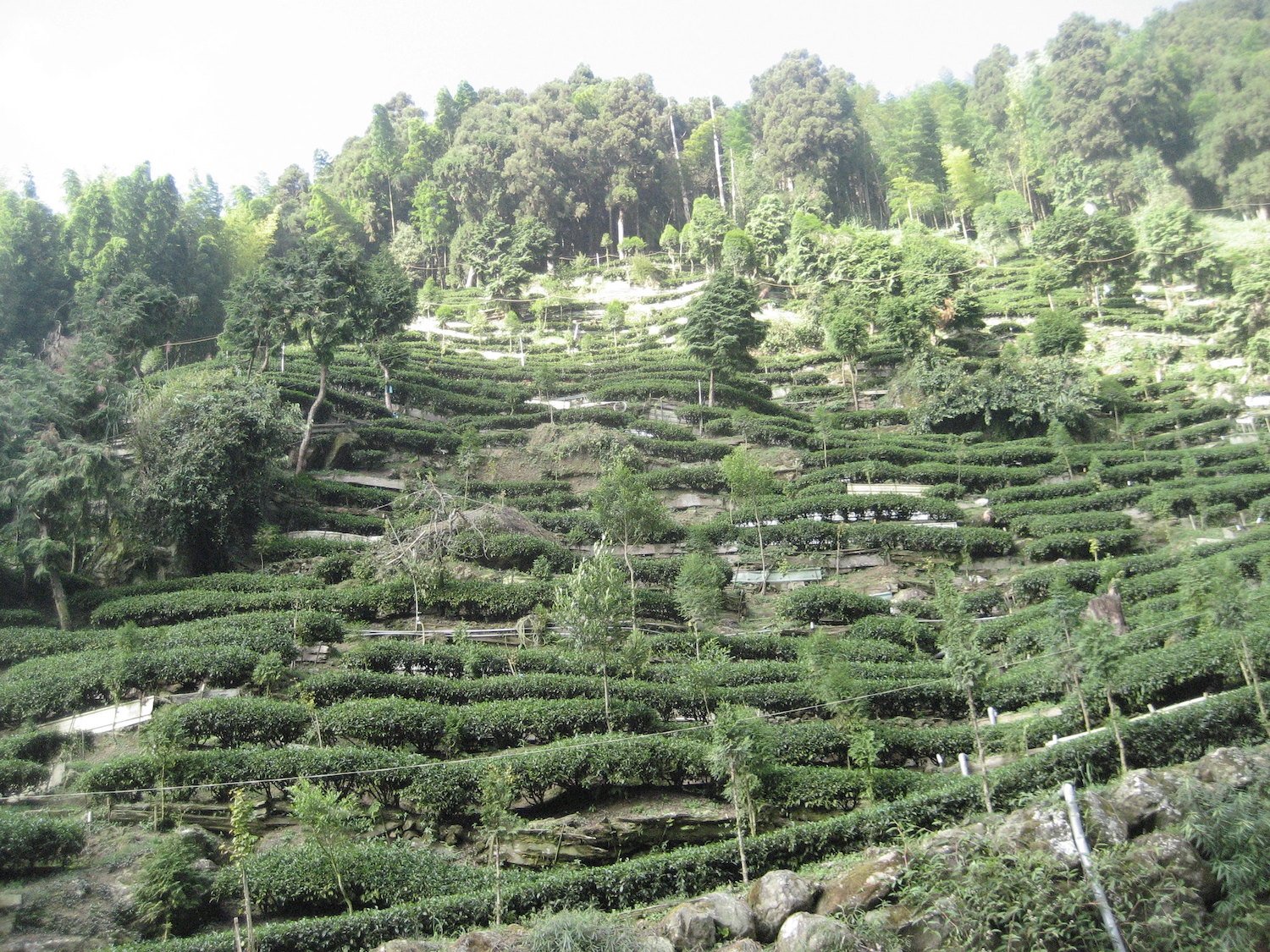Onomea Tea Garden in Big Island, Hawaii
The view from the tea gardens!
Hawaii is home to so much breathtaking beauty and hospitable to many agricultural crops: one of the newer ones is tea growing. In our visit to Onomea tea gardens we learned about the history of tea growing in Hawaii and about low-elevation tea growing.
A couple of years ago, after the KCRW Good Food segment I did on Chinese and Japanese green teas, I got an email from the tea growers of Onomea Tea on Big Island Hawaii who heard the segment and reached out.
I had learned about tea grown in Hawaii earlier with great interest but now with a specific tea grower in mind, the idea of visiting Hawaii lingered more heavily in my travel daydreams.
Fast forward three years, and Tony and I were actually in Hawaii and made our way to Big Island. We got back in touch with Rob, and were pulling up to a beautiful growing estate on a cliff overlooking the Pacific Ocean when I started seeing some those familiar tea plants, camellia sinensis, we’ve been encountering in all our tea travels around the world.
tea seed and camellia tea flower
freshly plucked tea leaves
We were welcomed warmly at Onomea Tea by the proprietors Rob and Mike who have been growing tea in this spot since 2002. Rob provided a great introduction to the grounds with lots of knowledge about not only growing the tea plant in this specific terroir, but the surrounding biodiversity of both native and non-native plants.
Rob pointing out some indigenous Nalpaka plants
Not only did we get to learn about the indigenous Ohia Plant and the Nalpaka Plant, he regaled us with the traditional folk tales that accompanied each plant. Like the tea plant, these plants have become more than a plant but intertwined in history, culture, storytelling, meaning, and illuminating vehicles for understanding a society’s values.
Big Island is, as the name suggests, the biggest island on the right
History of Tea Growing on Big Island
The rich volcanic soil, steady rainfall, and tropical climate of the Big Island has been a rich growing environment for a wide range of agriculture.
Loading Sugar Cane on Carts, Hawaii 1917 photo credit
The current crops most associated with Big Island nowadays are coffee (Kona Coffee) and macadamia nuts, but in the past, Big Island was a big cane sugar producer like other Hawaiian islands.
Cane sugar and pineapple farming in the past and for the majority of coffee grown today on the Big Island, are grown as large scale plantations selling the items as commodity crops.
Scene on a pineapple plantation in Hawaii ca. 1910-1925 photo credit
Commodity crops mean the crop is typically grown with a focus on volume and speed, easily traded and stored for a long time, and grown specifically for the purpose of sale on the commodities market (as opposed to direct consumption or processing).
Since the Big Island’s climate is ideal for tea growing and there has been much success with other commodity crops, various industrialists have toyed with the idea of tea growing on the Big Island since the 19th century but abandoned it for a few key reasons.
Coffee was cheaper to plant and could be harvested on a shorter timeline, and commodity tea production was already more competitive in Sri Lanka, India, and East Africa.
Tea pickers on Sri Lankan Tea Plantation in 1890 photo credit
Lipton Tea ad from 1900 advertising teas from Sri Lanka (Ceylon is one of the the old colonial names for Sri Lanka).
Tea growing on the Big Island started gaining traction in the last 20 years, however, only when it was re-visited no longer as a commodity large scale crop, but as a small batch specialty artisanal crop similar to how tea is grown in China, Japan, and Taiwan.
With sugar plantations no longer operating on the Big Island, government institutions were hoping to help stimulate the agricultural sector with a new industry.
The USDA and University of Hawaii researchers made the tea plant available to anyone willing to experiment with tea production in a move to promote tea growing on the Big Island.
“The most recent introductions of clonal cultivars of tea to Hawaii were in 1999–2001 by the Tropical Plant Genetic Resource Management Unit, U.S. Department of Agriculture, Agricultural Research Service, Pacific Basin Agricultural Research Center in Hilo, in partnership with the University of Hawaii, College of Tropical Agriculture and Human Resources, Cooperative Extension Service.”—Small Scale Tea Growing and Processing in Hawaii
Rob preparing some of Onomea’s tea to try
Rob and Mike saw an ad in the newspaper about the University of Hawai'i College of Tropical Agriculture and Human Resources tea research project giving away tea seedlings and were intrigued.
1.5 acre of tea plants and 15 years later, we were all enjoying the tea that resulted from this intrigue and the various historical factors that brought a tea plant into their hands.
some tea leaves grown and dried at Onomea
Low-Elevation Growing
As a small specialty tea grower, Onomea Tea operates on a scale: picking by hand and carefully crafting the leaves into finished tea in very small batches.
Watching the process Rob and Mike use to craft their teas was so familiar and reminiscent of our many tea travels in China.
One distinctive feature of Onomea’s tea growing process is that they are growing tea plants at sea level. Usually, teas are grown at higher elevation (at least 1500 feet or higher) and often on terraced hillsides. Usually, the higher the elevation the tea is grown at, the more prized the tea.
Onomea Tea grown basically at sea level
I took this photo of high-elevation tea growing in Taiwan © 2011 Tranquil Tuesdays
Higher elevations are preferred for tea growing for a number of reasons. At higher elevation the plants get more mist and fog creating a humid environment for the plant. More temperature variations and less oxygen at higher elevations also create more stress for the plant which affects the flavor. And lastly, plants take longer to grow at higher elevations which help the flavors develop more slowly in the leaf.
Unique Local Features of the Tea Plant
One thing I did notice though in their tea gardens that seemed unique to the locale, was how the tea plant was growing in a similar shape as one of the indigenous trees we saw around the island: the same broad round canopy:
Tea plant growing with a broad round canopy at Onomea Tea © 2017 Tranquil Tuesdays
Local tree growing with the distinctive broad round canopy we saw everywhere in Hawaii
Onomea Tea has found success creating a distinctive flavor in their teas grown at sea level, however, and no doubt the unique terroir of a volcanic soil overlooking the ocean and how the tea plant has adapted to this environment is a big part of that.
Rows of tea bushes at Onomea Tea © 2017 Tranquil Tuesdays



















